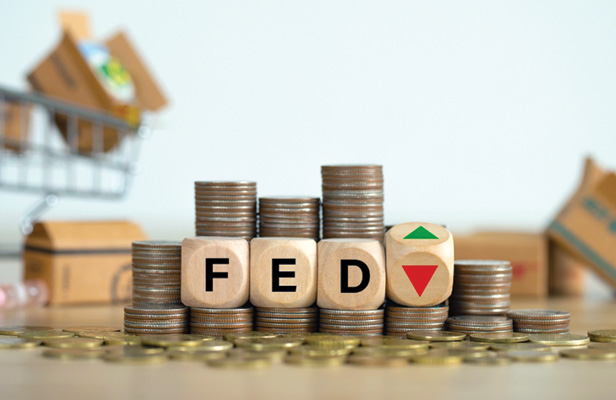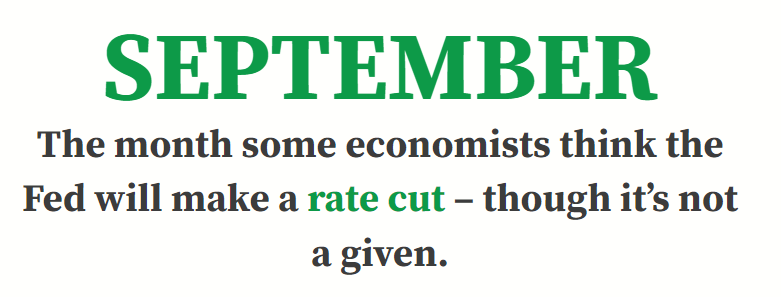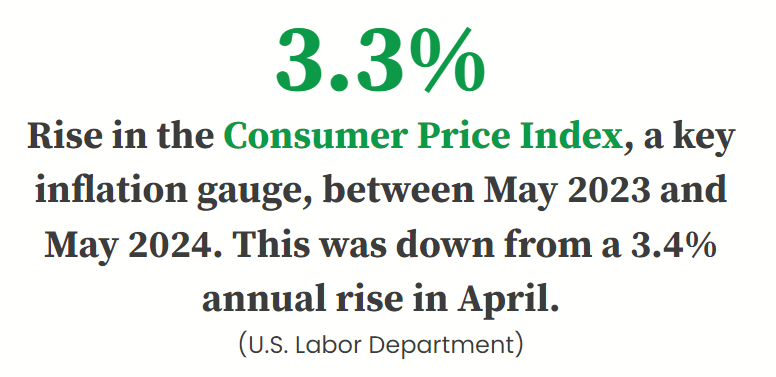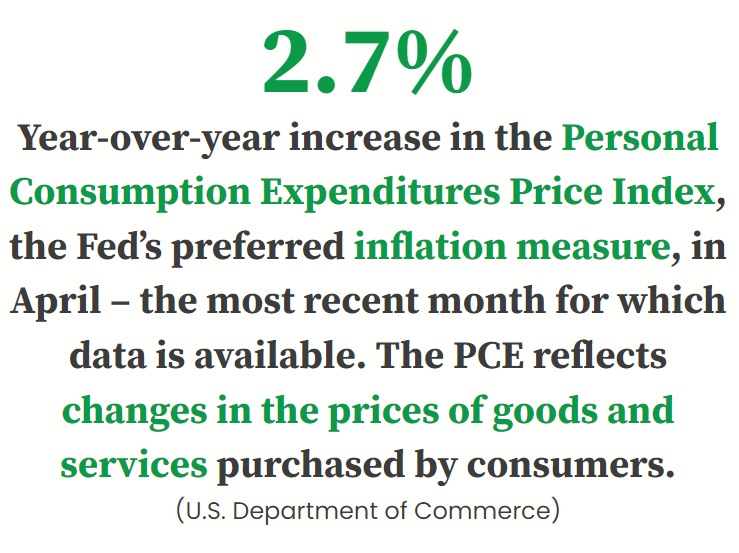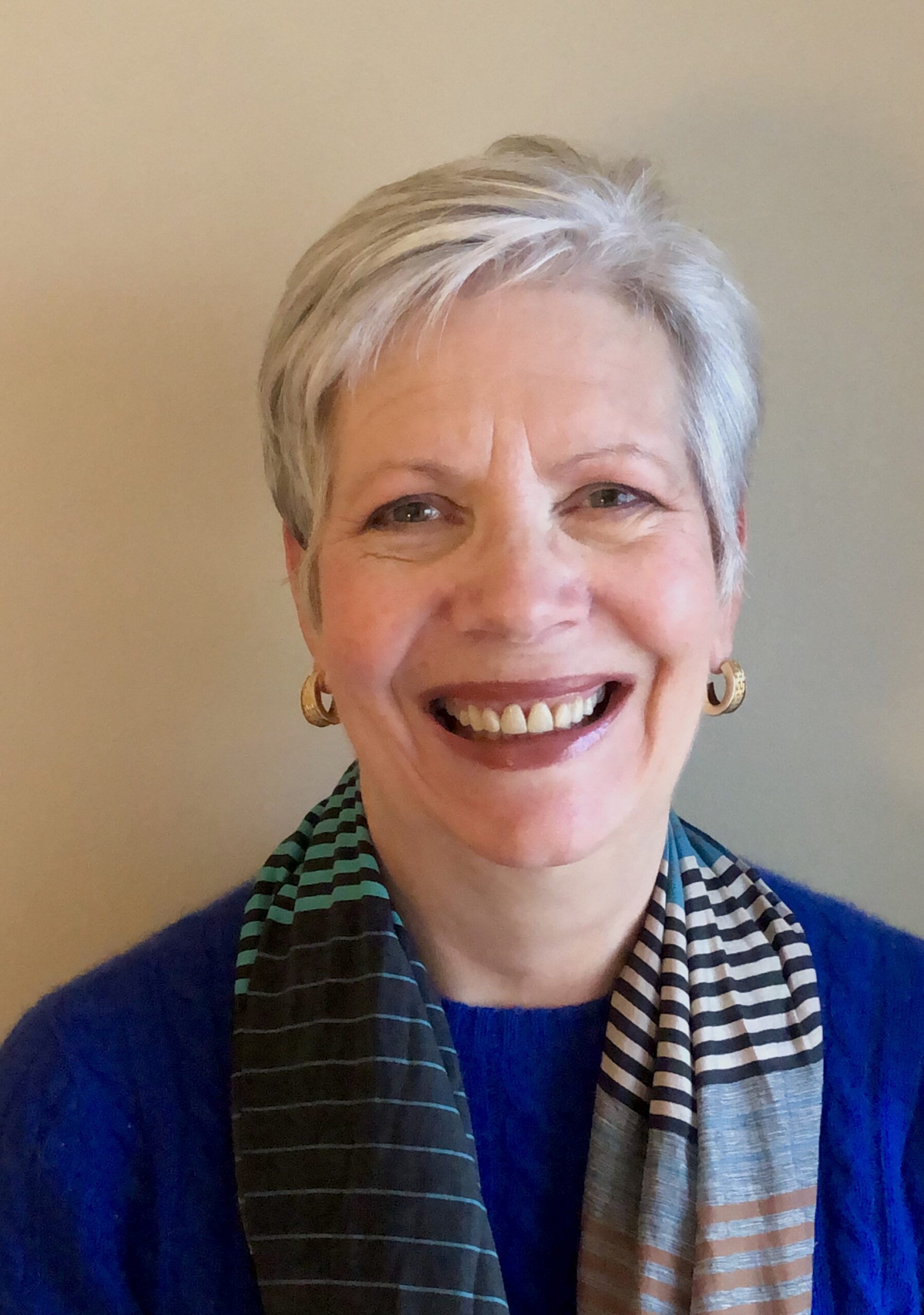Earlier this year, the Federal Reserve was talking about possibly reducing interest rates three times in 2024.
Now, business leaders and consumers keen for a reduction may be fortunate to see a single cut – a reality executives say could continue current business challenges tied to the elevated rates in the promotional products industry, while also fermenting opportunities for acquisitions and market share gains by certain market players in strong financial positions.
Need-To-Know Context
Last week, the Federal Reserve decided to keep its benchmark short-term borrowing rate at a 23-year high: 5.25% to 5.5%. The rate establishes what banks charge each other for overnight lending and affects borrowing/interest rates throughout the economy.
Factors like continued strong employment numbers nationwide, relatively high wage growth for U.S. workers, and what officials characterized as only modest recent progress on taming inflation influenced the Fed’s decision to hold the rates steady.
The higher interest rate policy is intended, in large part, to cool inflation, bringing it back to a target of 2% annual acceleration. Certain key measures of inflation remain in the 3% range, a big reason the Fed now estimates it will lower the benchmark rate just once, by a quarter of a percentage point, to 5% to 5.25% by the end of the year.
The Federal Open Market Committee (FOMC), the Fed’s chief body for monetary policy, says it “does not expect it will be appropriate to reduce the target range until it has gained greater confidence that inflation is moving sustainably toward 2%.”
Rate-Related Business Roadblocks
Generally speaking, higher interest rates can limit a business’ cash flow by making debt more expensive. Elevated interest rates can also reduce businesses’ access to short-term credit and make it harder for companies to plan and forecast.
Bottom line: The higher rates and uncertainty over just what the Fed will do regarding them can engender a more challenging business environment for many companies.
Along with recession fears, inflation itself, a perception of marketplace instability caused by geopolitical turmoil and the presidential election, the heftier interest rates have contributed to some end-buyers pulling back on promo spend – a phenomenon reflected by the fact that industry distributors’ sales collectively declined in Q1.
With the Fed contemplating just one interest rate cut this year (and even that is not a given), those challenges stemming from the quarter-century-high rates may persist for promo, some executives say.
“Overall, the industry is certainly feeling the impact of higher interest rates and a stubbornly high inflation rate,” says Jake Himelstein, president of Top 40 distributor BAMKO (asi/131431) and a member of Counselor’s Power 50 list of promo’s most influential people. “Combined with political uncertainty, we are seeing clients either delaying orders or trading down from more expensive name-brand items to less expensive white-label products.”
The higher cost of financing that stems from the Fed’s benchmark rate is also limiting some promo firms’ ability to make important investments in their businesses, executives share. “For example,” says Aaron Hamer, CEO of Top 40 distributor Boundless (asi/143717), “some industry companies’ willingness to buy inventory to support growth can be reduced.”
Although a cut in interest rates should lower borrowing costs for businesses and consumers, the impact of a single rate reduction this year may be overshadowed by broader macroeconomic factors, such as government fiscal policies and the aforementioned election and global tensions and conflicts, says Andy Shape, a Power 50 member and CEO of Top 40 distributor Stran & Company (asi/337725).
Still, even one rate cut could be a boon for the branded-merchandise market, Shape says.
“A rate cut by the Fed will create more demand for promotional products and other marketing spend, as it signifies more confidence in the overall economy,” he says. “This increased confidence should expedite the decision-making process amongst promotional products buyers, who will be less hesitant about economic conditions and more inclined to move forward with large purchases.”
While desirous of a rate cut, some industry leaders see the Fed’s policy as a necessary, short-term evil given the inflation situation.
“All else being equal, a higher rate means a slower and/or more uncertain economy, and that typically leads to worse sales for the industry – it’s a headwind,” says Craig Nadel, a Power 50 member and president of Top 40 distributor Nadel (asi/279600). “Nonetheless, we’re not in the mortgage business or something like that where it’s a massive issue, in my opinion. In the long run, having lower inflation is best for the economy. A small bit of extra pain for a few months should not be that big of a deal.”
Opportunities – for Some
In a kind of twist, certain promo executives say the issues caused by higher interest rates, related issues and slipping industry sales are creating opportunity for well-capitalized players to gain market share organically and/or through acquisition.
“There are opportunities for companies with strong balance sheets and very little debt,” says Hamer, the CEO of private equity-backed Boundless. “We’re in a position to fund inventory programs for growth, continue investing in our technology platforms, pursue acquisitions and facilitate buyouts for small distributors and sales reps who wish to retire.”
During Q1 2024, extra-large distributorships – those doing over $5 million in sales annually — had the best quarter among all revenue classes by growing promo sales in Q1 by 2.5%, according to ASI Research. The other three revenue classes of distributors – small ($250,000 and below in sales), midsized ($250,001 to $1 million), and large ($1 million to $5 million) all had declines
Himelstein says that BAMKO, which is part of a publicly traded company, has the financial muscle to keep investing in technology and people – something he maintains has enabled the firm to penetrate current clients more deeply and to attract new customers. BAMKO bucked the overall industry-wide trend in Q1; its sales grew. “If you aren’t bringing on new clients, you aren’t going to grow,” Himelstein says. “Our RFP pipeline is deep.”
Similar to Hamer, Shape thinks the high interest rates could open the door to more promo company owners selling their businesses to firms with the capital clout to buy. “Continued higher interest rates may prompt companies with strong operational performance, but burdened by costly working-capital needs, to explore alternative ownership and financing arrangements,” says Shape, whose Stran & Co. is publicly traded.
In a notable aside, Shape thinks the promo market will remain fertile ground for consolidation even when rates come down. After a lull in activity in the latter half of 2023, promo industry mergers and acquisitions picked up pace in 2024. “Lower interest rates would enable acquirers to leverage cheaper debt for funding acquisitions,” Shape says. “Such factors, combined with nearly 30,000 businesses operating in a $26 billion industry, make consolidation seem inevitable.”
Federal Rate Outlook
What the Federal Reserve will do with its benchmark rate ultimately remains to be seen. While one rate cut this year is now the general forecast, when or if it will come isn’t guaranteed. Some economists think September; others think it might not be until December. Still other analysts haven’t closed on the book on two rate cuts.
“There’s nothing that rules out a September rate cut,” Paul Ashworth of Capital Economics wrote in a note to clients. “It all depends on the incoming data. If employment growth edges down again and the May price data prove to be the start of a renewed disinflationary trend, as we expect, then two rate cuts this year is still the most likely outcome.”
The FOMC says it will carefully assess incoming data, the evolving outlook on the economy, inflation and nationwide employment, and the balance of risks that may come with holding rates or lowering them.
Regardless of what happens, promo distributors will have to keep finding ways to drive business. For distributors like Stran, that will include capturing more spend from existing clients, developing new client relationships, expanding services, enhancing technology offerings and pursuing strategic acquisitions. Says Shape, “You can’t stay still. You have to keep adapting.”

